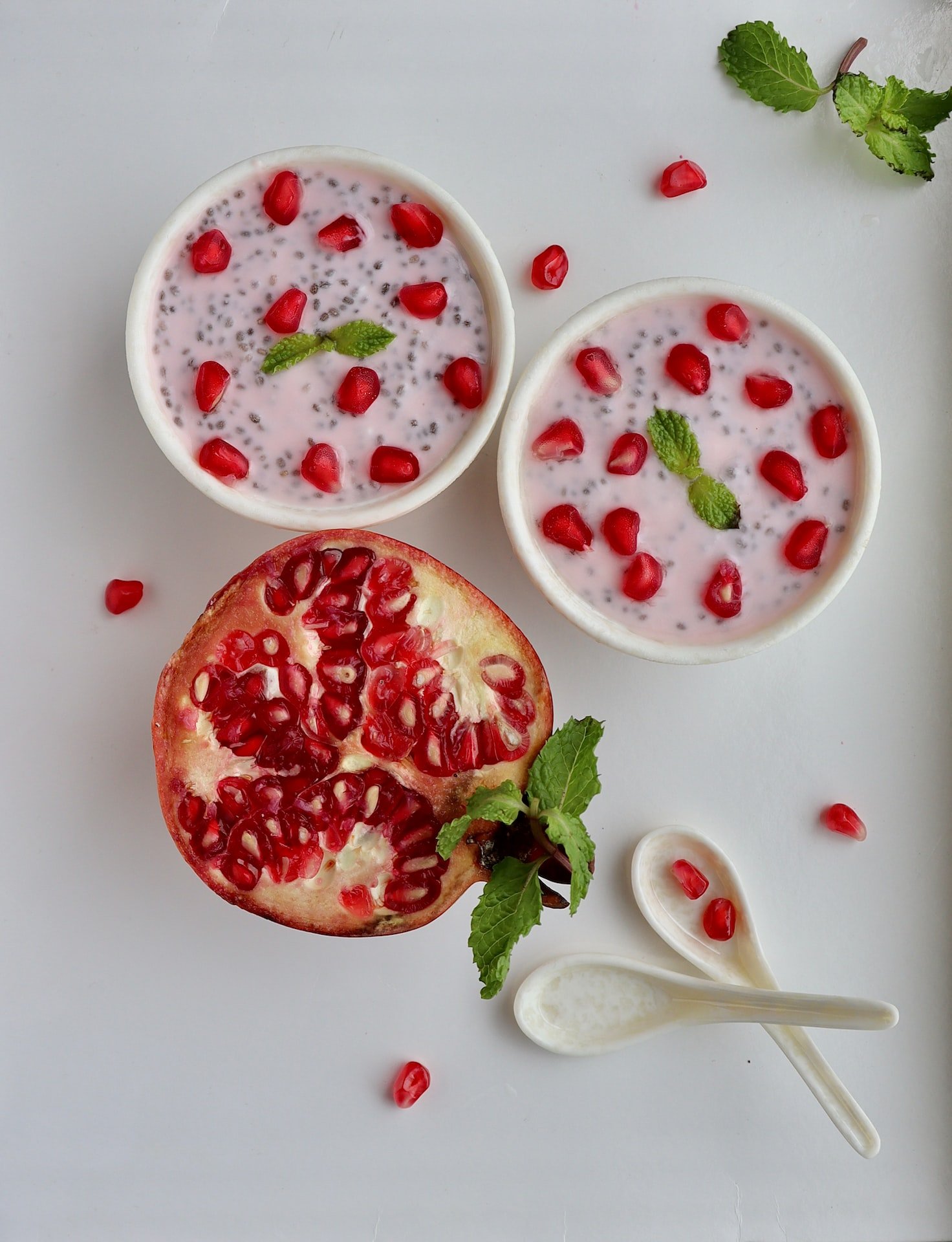Prebiotics, probiotics and postbiotics
Prebiotics, probiotics and postbiotics are a highlight of clinical research and gut microbiome supplements. What are they, and how do you know which one you need?
What are prebiotics?
Prebiotics are types of dietary fibre that our bodies cannot digest, but that beneficial bacteria in our gut can use as food. They help to stimulate the growth and activity of these beneficial bacteria, which can have numerous health benefits. Common sources of prebiotics include fruits and vegetables, whole grains, and legumes.
There are several different types of prebiotics, each of which has a slightly different chemical structure and provides different benefits for the gut microbiota. Some of the most common prebiotics include:
- Inulin: Inulin is a type of fructan that is found in many types of plants, including chicory root, Jerusalem artichokes, and asparagus.
- Fructo-oligosaccharides (FOS): FOS are a type of oligosaccharide that are found in many types of plants, including onions, garlic, and bananas.
- Galacto-oligosaccharides (GOS): GOS are a type of oligosaccharide that are found in dairy products such as milk and cheese.
- Resistant starch: Resistant starch is a type of starch that is not broken down by digestive enzymes in the small intestine, but instead reaches the colon intact, where it can serve as a source of nutrients for beneficial bacteria.
Each of these prebiotics provides a different substrate for beneficial bacteria to ferment, which can in turn produce different types of beneficial metabolites. Consuming a varied diet that includes a variety of prebiotic-containing foods can help to support the growth and activity of a diverse array of beneficial bacteria in the gut.
What are probiotics?
Probiotics, on the other hand, are live microorganisms that can confer health benefits to the host when consumed in adequate amounts. These can include beneficial bacteria such as lactobacillus and bifidobacterium, as well as some types of yeast. Probiotics can be found in certain foods, such as yogurt and fermented foods like sauerkraut and kimchi, as well as in dietary supplements.
There are many different strains of probiotics, each with its own unique characteristics and potential health benefits.
The most well-studied strains of probiotics:
- Lactobacillus acidophilus: This strain of probiotic is one of the most commonly used and has been shown to have a variety of potential health benefits, including improving digestive health, reducing inflammation, and boosting immune function.
- Bifidobacterium lactis: This strain of probiotic is known for its ability to help improve gut health by reducing inflammation and improving the balance of beneficial bacteria in the gut.
- Lactobacillus rhamnosus GG: This strain of probiotic has been extensively studied and has been shown to have potential benefits for digestive health, immune function, and even weight loss.
- Streptococcus thermophilus: This strain of probiotic is commonly used in fermented dairy products such as yogurt and has been shown to help improve digestive health by breaking down lactose and producing lactic acid.
- Saccharomyces boulardii: This strain of probiotic is a type of yeast that has been shown to have potential benefits for digestive health, including reducing the symptoms of diarrhea and preventing the overgrowth of harmful bacteria in the gut.
Can probiotics permanently stay in the gut?
While some strains of probiotics have been shown to colonize the gut for a period of time after consumption, there are currently no probiotics that are known to permanently colonize the gut.
It is important to note that probiotics can help to temporarily increase the abundance and diversity of beneficial bacteria in the gut. Their effects are short term since they are flushed out of the gut after 2-3 weeks. They are fantastic when used for a theraueptic effect or symptom relief.
Therefore, while consuming probiotics can have short-term benefits for gut health, it’s also important to focus on maintaining a healthy diet and lifestyle to support the growth and diversity of beneficial bacteria in the gut over the long term. This can include consuming prebiotic-rich foods, minimizing the consumption of processed foods and artificial sweeteners, and getting regular physical activity.
What are postbiotics?
Prebiotics and probiotics can both lead to production of postbiotics.
Postbiotics are the metabolic byproducts that are produced by beneficial bacteria as they ferment prebiotic fibers in the gut. These byproducts can include short-chain fatty acids (SCFAs), enzymes, and other metabolites that can have beneficial effects on our health. For example, SCFAs can help to reduce inflammation in the gut and improve insulin sensitivity. Postbiotics are not living organisms, but they can still confer health benefits to the host.
Prebiotics can help to stimulate the growth and activity of beneficial bacteria in the gut, which can in turn produce postbiotic metabolites as they ferment the prebiotic fibers. So, prebiotics can indirectly promote the production of postbiotics in the gut.
One of the most well-known postbiotics is butyrate, which is a type of SCFA that is produced by the gut microbiota during the fermentation of dietary fibers. Butyrate has been extensively studied and has been shown to have a variety of potential health benefits.
Some of the potential benefits of butyrate include:
- Supporting gut health: Butyrate has been shown to have anti-inflammatory effects in the gut, which can help to reduce inflammation and support overall gut health. It has also been shown to help improve gut barrier function, which can help to prevent the entry of harmful bacteria and other pathogens into the bloodstream.
- Improving immune function: Butyrate has been shown to have immunomodulatory effects, which can help to regulate immune function and reduce inflammation in the body.
- Supporting metabolic health: Butyrate has been shown to have potential benefits for metabolic health, including improving insulin sensitivity and reducing inflammation in adipose tissue.
So, in summary:
Prebiotics, probiotics and postbiotics boost the gut in different ways.
- Prebiotics are fibers that feed beneficial bacteria in the gut.
- Probiotics are live microorganisms that can confer health benefits to the host when consumed.
- Postbiotics are the metabolic byproducts produced by beneficial bacteria as they ferment prebiotic fibers in the gut.
All three of these can play important roles in maintaining a healthy gut microbiome and overall health.




